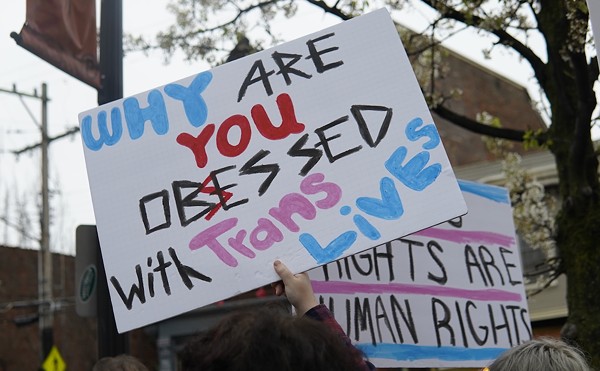The Fine Arts Fund has released the results of a year-long study intended to start the process of building more collective responsibility in Greater Cincinnati for the arts. Despite the general public’s longstanding support for arts and culture in their communities, charitable giving to and public funding of the arts struggle to keep up with demand nationally and locally — and this study was undertaken to try to “change the conversation” here about the arts as a shared public good and to motivate Cincinnatians to increase support.—-
The study results are available now in the report The Arts Ripple Effect: A Research-Based Strategy to Build Shared Responsibility for the Arts. You can read it or download it at the Fine Arts Fund’s web site here.
Those of us who participate in and value the arts have always been frustrated by perceptions that arts and culture are for the “elite,” that arts organizations must be self-sufficient financially and that the local arts are focused in just a few large institutions downtown and in Eden Park. The people who’ve said these things to me usually have no problem defending the use of tax money to build stadiums or roads I’ll never use and/or explaining that they never go downtown.
Here’s an interesting passage from the study that starts to get at why people often say they appreciate the arts but back away from offering concrete support in terms of time or money:
“Underlying what people say are several assumptions that work against the objective of positioning the arts as a public good:
“The arts are a private matter: Arts are about individual tastes, experiences and enrichment, and individual expression by artists.
“The arts are a good to be purchased: Therefore, most assume that the arts should succeed or fail, as any product does in the marketplace, based on what people want to purchase.
“People expect to be passive, not active: People expect to have a mostly passive, consumer relationship with the arts. The arts will be offered to them, and therefore do not need to be created or supported by them.
“The arts are a low priority: Even when people value art, it is rarely high on their list of priorities.”
The study concluded that the best way to get the public to move the arts up on their priority list is to focus on the concept that the arts create “ripple effects” of benefits throughout our community. The two main ripple effects:
“A vibrant, thriving economy: Neighborhoods are more lively, communities are revitalized, tourists and residents are attracted to the area, etc.
“A more connected population: Diverse groups share common experiences, hear new perspectives, understand each other better, etc.”
The Fine Arts Fund hired Margy Waller in 2008 to head its Arts and Culture Partnership, a new initiative to strengthen the region’s cultural assets. The Cincinnati native wanted to lead a new approach to building local support for the arts from the bottom up rather than, as with past failed efforts, from the top down, and this study was her first major initiative.
[For more background on her hiring and her goals, read my August 2008 interview with Waller here.]
Waller says the study results are being disseminated to all arts organizations in Greater Cincinnati and to national and local arts advocates, government leaders, think tanks and media. She’s also setting up meetings with interested civic groups for personal presentations, meeting with the Cincinnatus organization as I write this post.
“We need to move people to action,” Waller says. “We need to get to a place in Cincinnati where the arts are viewed as a benefit to the entire community and we share responsibility for them.”





